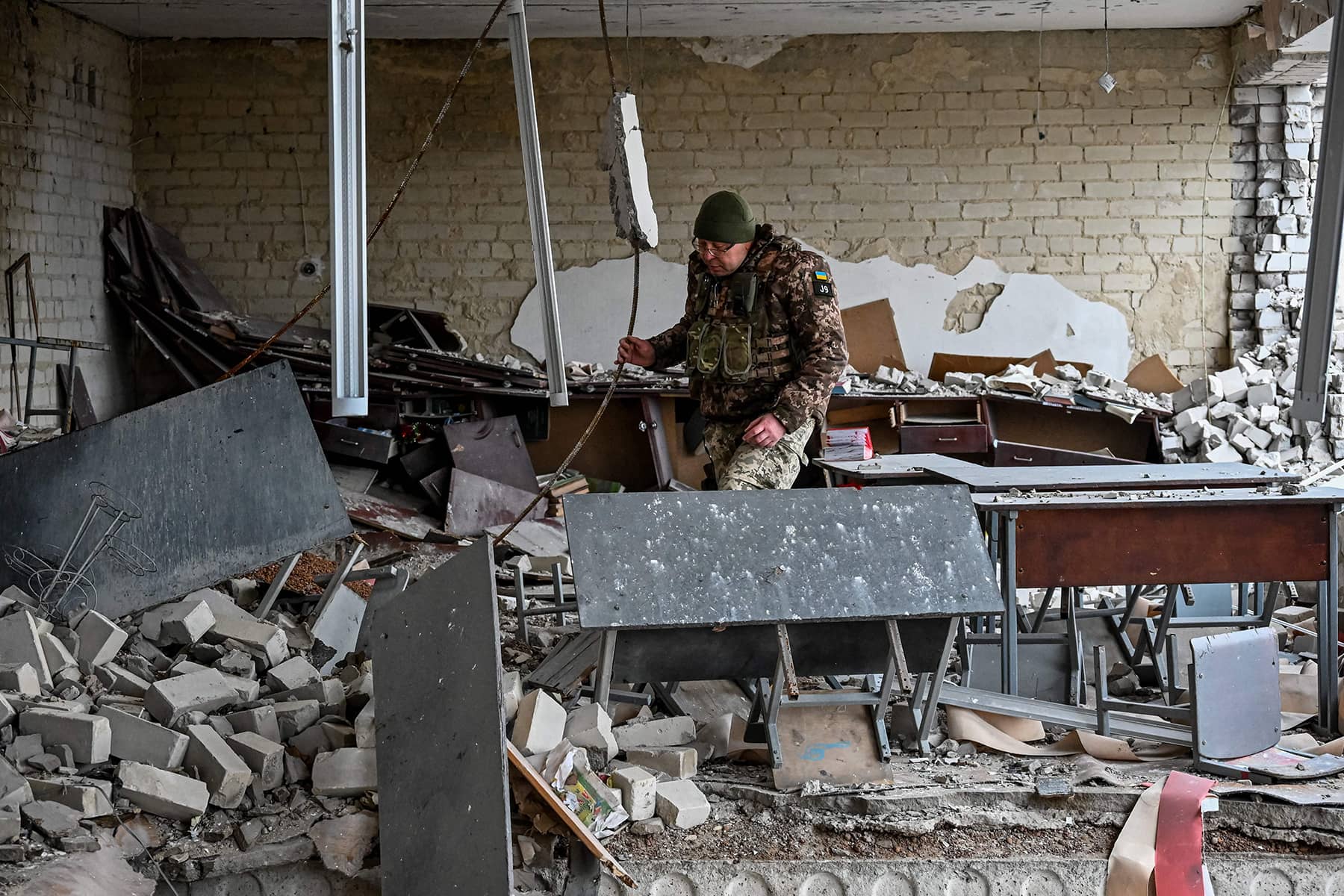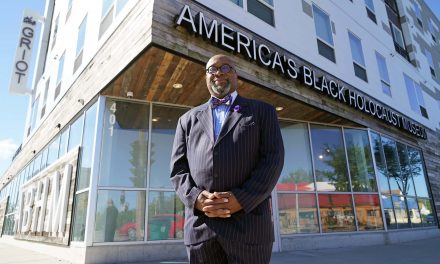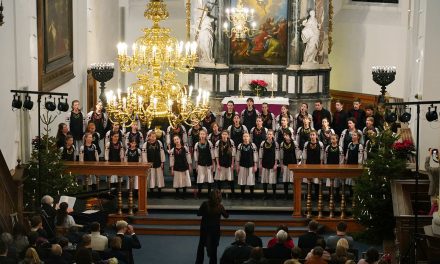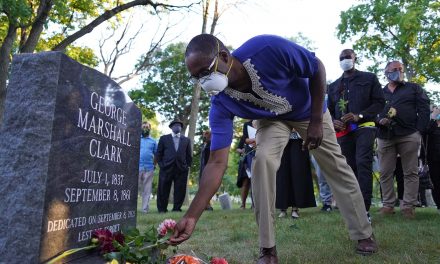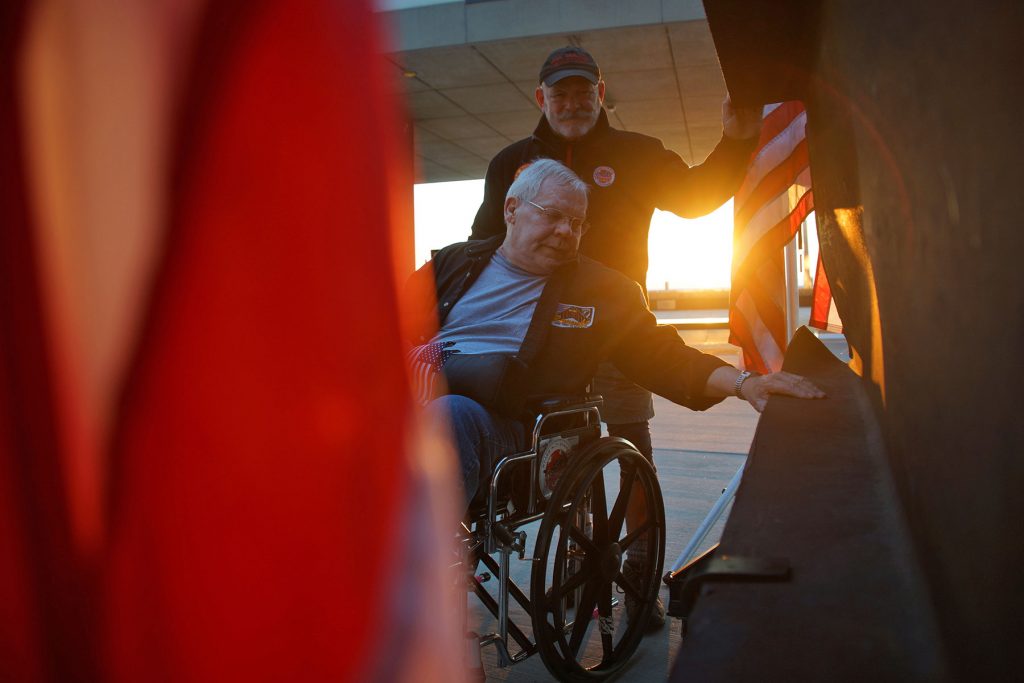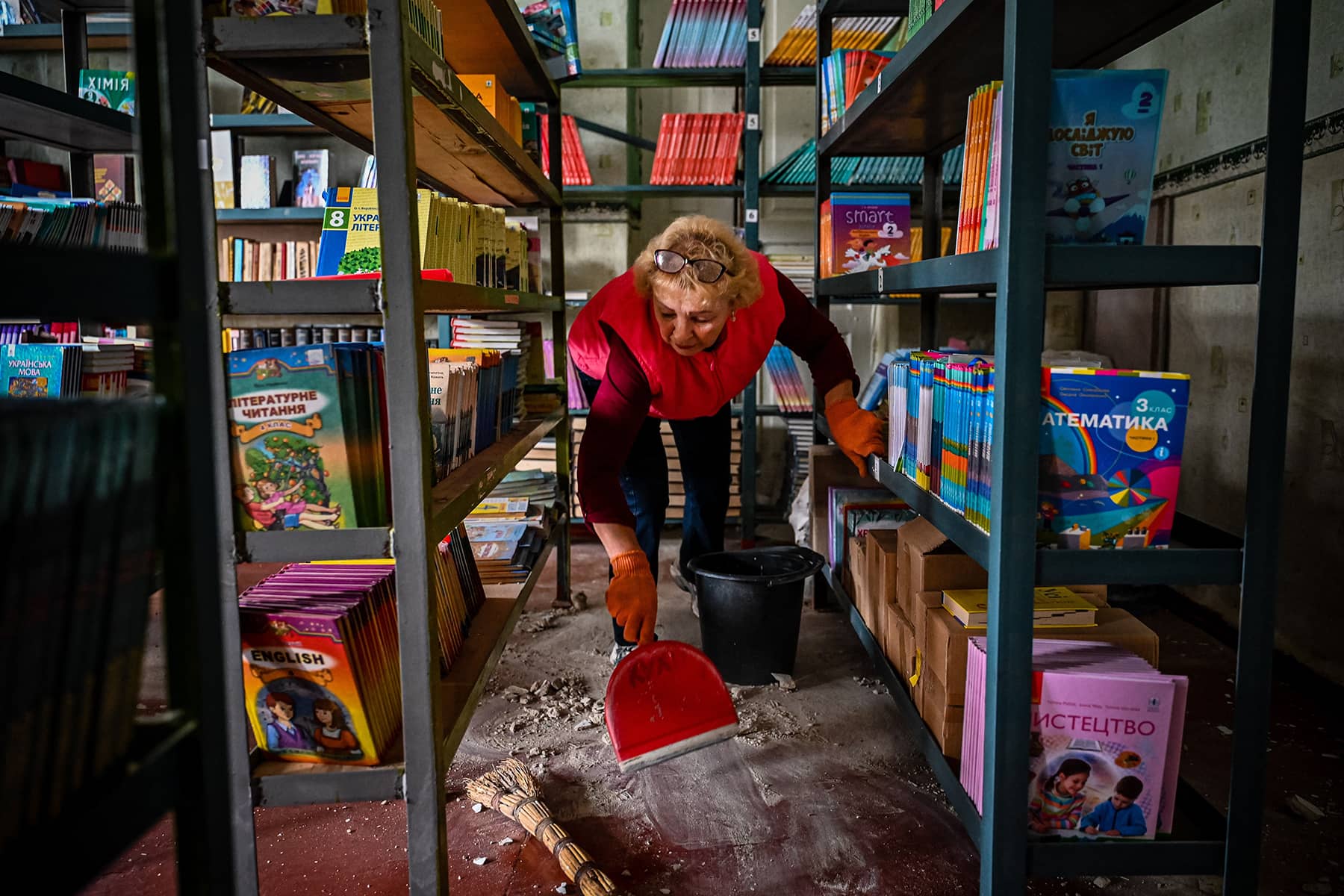
By Katja Kolcio, Associate Professor of Dance, Environmental Studies and Education Studies, Wesleyan University
When Russian missiles struck Ukraine’s capital city of Kyiv on New Year’s Eve, the damaged buildings included a university and at least two schools.
As a researcher who is studying the role of culture and education in this war – and as co-author of a book based on my research on Ukrainians’ resilience; that is, their ability to carry on despite adversity – I see these attacks as part of a broader and long-standing effort to dismantle Ukraine’s schools and ultimately remake them as subservient to Russian interests.
Despite the attacks, at the start of the school year in September 2022, 51% of Ukrainian schools opened for in-person education, with an option for remote instruction if parents wanted it for their children. The fact that children are returning to school at all in the midst of this war is remarkable.
Nearly a year into the war, a look at how Ukraine has continued to operate its schools offers important insights on how the nation has provided education despite the most adverse circumstances.
A target
From the earliest days of the war, it became clear that schools were a target of Russian forces. On Feb. 27, 2022 – three days into the attack – the United Nations reported that six schools had already been shelled.
Some, like School 21 in Chernihiv, northeast of Kyiv, had been turned into shelters for families during the first days of the war, and painted with the word “CHILDREN” in big letters with the hope that the building would be spared. On March 3, the school was bombed, killing at least nine people, including one student — a 13-year-old boy.
It was by no means a rare or happenstance event. In what I believe is a clear violation of international law, schools across Ukraine are still being destroyed.
As of May 2022, Ukrainian authorities stated that Russia had shelled more than 1,000 schools. By August, that number doubled.
As of September 23, the Ministry of Education and Science of Ukraine reported that over 2,500 schools had been damaged by the war – 300 of which have been completely destroyed.
Not just physical
Much more than physical safety is at risk as Russia targets institutions of learning. Education is as much a front line of this war as the actual trenches in cities like Bakhmut, Kherson or Kharkiv. Oleksandr Pankieyev, research coordinator at the Canadian Institute of Ukrainian Studies at the University of Alberta, argues that Russia has “weaponized education.”
This is not new – Russia has waged war on Ukrainian history and identity for hundreds of years: Kyiv Mohyla Academy, founded in Kyiv in the early 1600s, was prohibited from using the Ukrainian language by Catherine the Great in 1763. In 1804, the Ukrainian language was banned in all schools and universities.
In 1876, Czar Alexander II of Russia issued a decree, the Ems Ukaz, banning the use of Ukrainian language in public. The decree also forbade Ukrainian publications, education and the staging of any lectures or theatrical events in Ukrainian.
With its declaration of independence in 1991, Ukraine gained control over its education system. Censorship of the Ukrainian language and study was lifted, and Ukraine was able to revise its school curriculum to include Ukrainian history and literature, and to teach about historical events that had been systematically omitted under Soviet rule, including the Holocaust and the genocidal Holodomor famine.
Now, when Russia occupies a city or town, one of the first things it does is forcibly replace the curriculum with one that is in line with the Kremlin agenda that erases Ukrainian history. Russia does this based on Putin’s claim of the unity of Ukrainian and Russian people, a claim that serves as the basis for the Russian invasion.
There are regular accounts of Russian soldiers ransacking civilian homes, not searching for weapons, but for books. Ukrainian language books, history books, textbooks and school laptops are among the items confiscated and destroyed.
Russian occupiers threaten to remove the parental rights of parents who refuse to send their children to designated “Russified” schools. Teachers are sent to Moscow for “certification” in the Russified curriculum. Teachers have resisted these attempts, refusing to collaborate despite the danger to their lives.
Returning to schools
At the beginning of the war, school districts and civic organizations like Saved Schools developed plans that addressed specific local circumstances.
The town of Bohdanivka, near Kyiv, for example, was occupied by Russia for 20 days in March 2022. During that time, the school was closed and converted into a base for the Russian military. When Ukrainian forces liberated the city, Russian soldiers torched the school building. Determined to keep students in school, local authorities resumed education in alternate places in the town, such as the public library or cultural center, for its 300 students.
By mid-March, schooling had resumed in most of Ukraine. The All-Ukrainian Online School was created by the Ukrainian government for students to ensure that all of them have access to education under all conditions. In regions where internet is not available, the lessons are broadcast on local television.
Bomb shelters and emergency drills
Ukrainian schools were required to build bomb shelters over the summer. Teachers, families and the school children themselves rushed to prepare shelters in time for school to start.. When a shelter is too small to fit all students at once, they attend school in shifts or online, where some are in person and some remote, to ensure safety.
Now, when bombings disrupt power and internet in their school buildings, teachers set up outside, despite the frigid temperatures, to access public internet in order to teach online. They use computers that they charged at invincibility centers equipped with generators for emergency public use.
First aid and counseling
Schools have mounted emergency first aid programs so that students would know how to handle an attack, apply tourniquets and provide other emergency aid. In eastern regions of Ukraine such as Dnipro and Zaporizhya, these training programs began when Russia first invaded in 2014.
Local officials in Kyiv issued instructions for emergency bags for each child, which should contain a card with the child’s full name, emergency contact information, blood group, a flashlight and a container for water.
Psychological support of students is a central concern for parents, teachers and local government administrations, who understand that Russians are intent on occupying not only Ukrainian territory, but Ukrainian minds.
Students’ psychological care takes shape in a variety of ways. The routine and relative normalcy of school is itself a major component of support for students. School spaces are decorated in bright and uplifting colors. Teachers create and teach songs about the importance of self-care.
As Ukrainians defy the odds on the battlefield, they are also fighting to preserve their history and identity. It is a fight for existence, cultural memory, freedom and democracy. In this battle, schools are an indispensable and essential force.
Sеrgеy Bоbоk
Originally published on The Conversation as Ukraine schools remain a key battlefront in fight for nation’s future
Support evidence-based journalism with a tax-deductible donation today, make a contribution to The Conversation.

